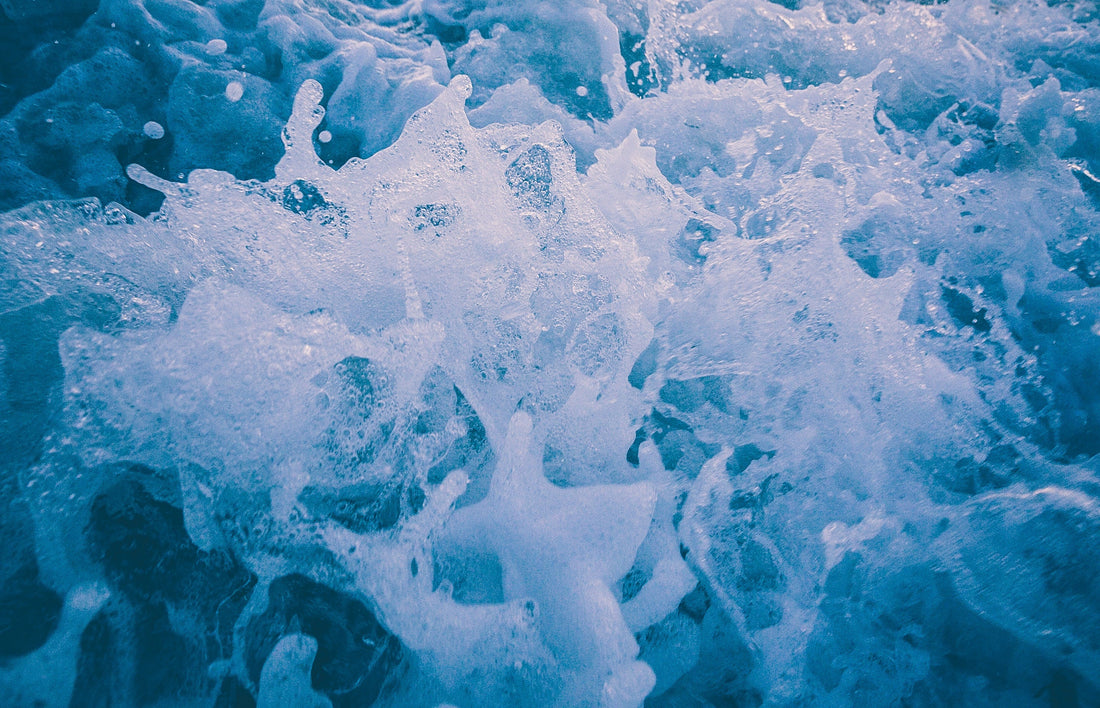
What is SLS and SLES?
Share
What are sulphates?
Sulphate is a salt that forms when sulphuric acid reacts with another chemical. It’s a broader term for other synthetic sulphate-based chemicals you may be concerned about, such as sodium lauryl sulphate (SLS) and sodium laureth sulphate (SLES).
These compounds are produced from petroleum and plant sources such as coconut and palm oil.
The main use for SLS and SLES in products is to create lather, giving a stronger impression of cleaning power. The truth is, products without a lather still do the same job.
Where do you find these chemicals?
SLS and SLES are mainly found in cosmetics and cleaning products such as soaps, shampoos, detergents, toothpaste and bath bombs. But are sulphates bad for you?
Should you avoid sulphates?
SLS and SLES can irritate eyes, skin, and lungs, especially with long-term use. SLES may also be contaminated with a substance called 1,4-dioxane, which is known to cause cancer in laboratory animals. This contamination occurs during the manufacturing process.
Palm oil is controversial due to the destruction of tropical rain forests for palm tree plantations. Products with sulphates that get washed down the drain may also be toxic to aquatic animals. Many people and manufacturers opt for more environmentally friendly alternatives.
Testing on animals: Many products with sulphates are tested on animals to measure the level of irritation to people’s skin, lungs, and eyes.
Therefore, its best to avoid these products and instead opt for more skin friendly and environmentally friendly options. Check out our sulphate-free soaps and bath bombs.
Information quoted from healthline.com.
